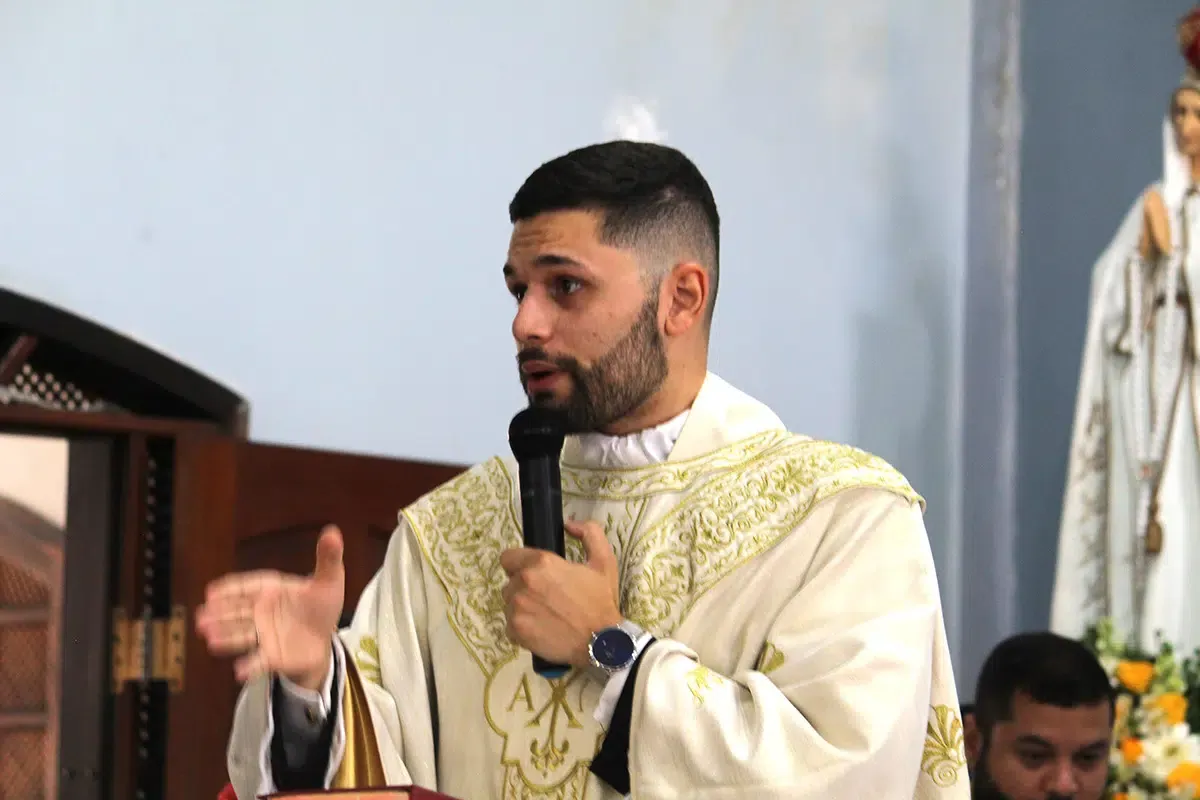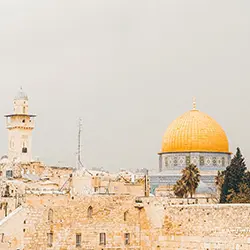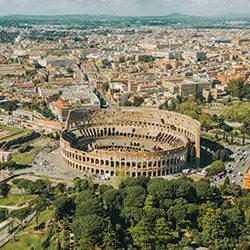Formation of priests
Learn about the challenge of training diocesan and religious priests around the world.
¿Por qué impulsamos la formación de seminaristas y sacerdotes?
Without priests there are no sacraments, no Eucharist. As Christians we have the duty to support the formation of priests. In a special way, preventing them from being lost due to lack of financial means.
We all know how important it is to take care of this stage of formation so that, later on, it will benefit hundreds of thousands of faithful throughout the world.
El desafío de la formación de sacerdotes
The CARF Foundation was founded on February 14, 1989, and since then has acted as a link between thousands of generous souls who contribute financially to the financing of study grants and scholarships so that priests and seminarians from all over the world can receive a solid theological, human and spiritual preparation.
Sacerdotes y seminaristas diocesanos de todo el mundo cuentan su llamada a la vocación y su experiencia durante su formación.
Cada curso ayudamos con la financiación de ayudas directas e indirectas de aproximadamente:
400 seminaristas.
1.420 sacerdotes diocesanos.
100 miembros de instituciones religiosas.
Where are the candidates sent by their bishops trained?
International seminars
Sedes Sapientiae International Seminar
Established in Rome by the Holy See in 1991. It can accommodate 90 resident seminarians and their formators. It occupies the former Conservatory of St. Paschal Baylon, in Trastevere, very close to St. Peter's and the Pontifical University.
Bidasoa International Seminar
Founded in Pamplona by the Holy See in 1988. It has a capacity for 100 residents and 10 formators. It currently occupies a modern building in Cizur Menor, near the campus of the University of Navarra.
Pontifical Universities
Pontifical University of the Holy Cross
San Josemaría tuvo el deseo de crear en Roma un education center superior de ciencias eclesiásticas. Álvaro del Portillo lo puso en marcha en 1984 como Centro Académico. Dispone de cuatro facultades eclesiásticas: Teología, Filosofía, Derecho Canónico y Comunicación Social Institucional, y de un Instituto Superior de Ciencias Religiosas.
Ecclesiastical Faculties of the University of Navarre
They were erected by the Holy See in 1988 and their academic degrees have full canonical validity. Today it has the faculties of TheologyHe is a graduate of the School of Philosophy, Philosophy, Canon Law, and the Higher Institute of Religious Sciences.
Colegios y residencias
Colegios en Roma
Altomonte and Tiberino are two priests' colleges with modern facilities and more than 100 places for priests studying at the Pontifical University of the Holy Cross.
Senior schools and residences in Pamplona
Echalar, Aralar and Albáizar, together with the Los Tilos residence, have places for more than 130 students who come from all over the world to study in the Ecclesiastical Faculties of the University of Navarra.
What studies can be pursued for the formation of priests?
Theology
Encompassing a diversity of cultural contexts included in today's society. It offers a formative project based on the conviction that the Mystery of Christ is fundamental.
Philosophy
It fosters the reconciliation between the knowledge of different cultures, and between reason and faith. It studies the understanding of truth in its anthropological and historical-cultural context.
Canon Law
Estudio de la ciencia que ahonda en el sistema jurídico teórico y práctico de la Iglesia católica en el mundo, combinando la formación jurídica con la sensibilidad pastoral.
Comunicación Institucional
Its objective is to train professionals in the field of communication to serve ecclesiastical institutions.
Grados de formación dentro de los estudios:
All ecclesiastical studies completed in Pontifical Institutions qualify for priestly ministry in any part of the world if one has the proper license.
Primer ciclo
Specific training with a duration of three years.
Segundo ciclo
Duration of 2 years. It is obtained after the completion of the Bachelor's thesis and passing the degree exam.
Especialización
Tercer ciclo
The duration is at least two years and includes the completion of a research thesis.
PhD (Doctorate)
Otros programas
Opportunity to deepen training in different specializations. May be annual or biennial. They are not canonical degrees.
How to opt for the formation of priests?
Each diocese requests the positions it needs for its candidates directly from the corresponding institution.
At the end of the admission period, the institutions make their requests for funds to the CARF Foundation to cover the scholarships.





